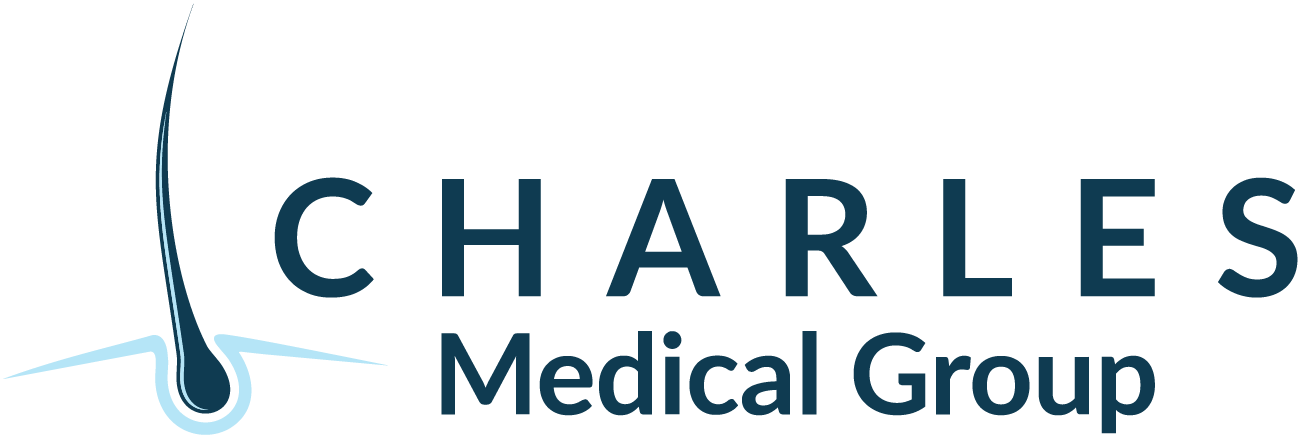Hair loss is a condition typically associated with men, but it’s a little-known fact that baldness in females, also known as female pattern hair loss (FPHL), affects a significant number of women worldwide.
Unlike the more recognizable receding hairline and bald patches seen in men, female hair loss usually manifests as overall thinning, particularly at the crown and parting lines, while the frontal hairline often remains intact.
The Underlying Causes of Female Baldness
The causes of baldness in females are varied and often more complex than those contributing to male pattern baldness. Genetics play a crucial role, with many women inheriting the propensity for hair loss from their family. Hormonal imbalances, particularly those involving androgens, are also significant contributors. Conditions such as polycystic ovary syndrome (PCOS) can exacerbate hair thinning due to increased levels of male hormones.
Other contributing factors include:
- Stress, which can lead to a temporary type of hair loss known as telogen effluvium.
- Nutritional deficiencies, as hair health is closely linked to diet, particularly a lack of iron, protein, and essential vitamins.
- Certain medical treatments and medications, like chemotherapy or other drugs, can result in hair loss.
The Psychological Impact of Losing Hair
For many women, hair is tied to identity and femininity, making hair loss a particularly distressing ordeal. The psychological impact can range from decreased self-esteem and anxiety to more profound forms of emotional distress, highlighting the need for sensitive and effective treatment options.
Empowering Treatment Options
Advancements in hair restoration have brought forth various treatment options for women facing hair loss. Minoxidil, a topical application, is the only FDA-approved treatment for female pattern hair loss and has shown to be effective in slowing down thinning and promoting regrowth in many cases.
Hair transplant procedures, once thought suitable only for men, have been tailored to meet the unique needs of female patients. Techniques like Follicular Unit Extraction (FUE) can offer women natural-looking results with minimal downtime.
Charles Medical Group specializes in addressing female baldness and offers a range of innovative solutions, including:
- ARTAS® Robotic-Assisted FUE, a precise and minimally invasive restoration method.
- PRP (Platelet-Rich Plasma) Therapy, which uses growth factors from the patient’s blood to stimulate hair follicles.
- SMP (Scalp Micropigmentation), a technique that creates the illusion of density in thinning areas.
Lifestyle Adjustments and Nutritional Tips
In conjunction with medical treatments, lifestyle changes can also support hair health. A balanced diet rich in iron, protein, and vitamins like biotin can contribute to stronger hair growth. Managing stress through activities like yoga or meditation can also be beneficial.
Debunking Common Myths
It’s essential to debunk common myths surrounding female hair loss, such as the idea that frequent shampooing or hair dyeing can cause baldness. These misconceptions can lead to unnecessary worry and may prevent women from seeking proper treatment.
In conclusion, while baldness in females can be a challenging condition, understanding its causes and exploring available treatments can empower women to take control of their hair health. With the guidance of experts like those at Charles Medical Group, women can navigate the complexities of hair loss with confidence and find solutions that restore not only their hair but their self-esteem as well.




